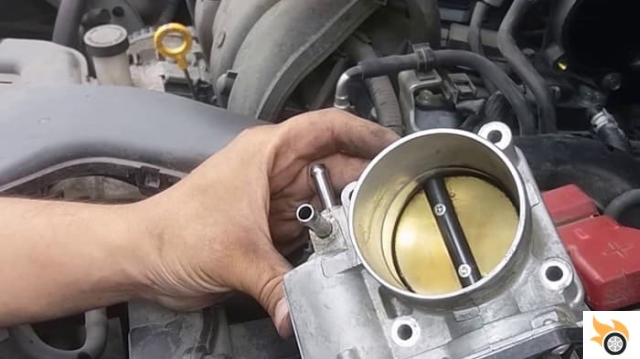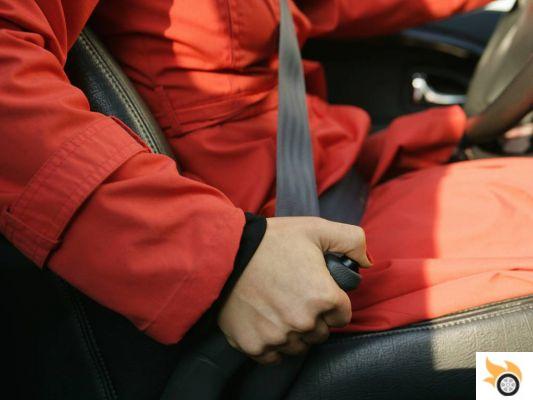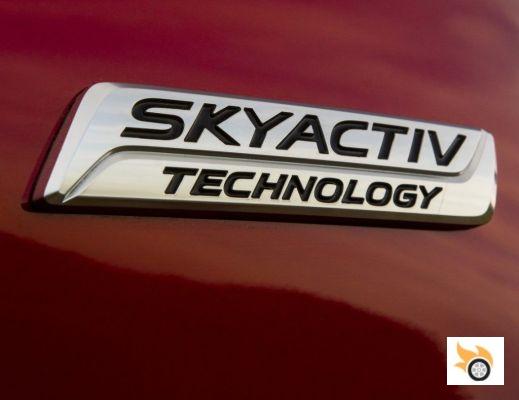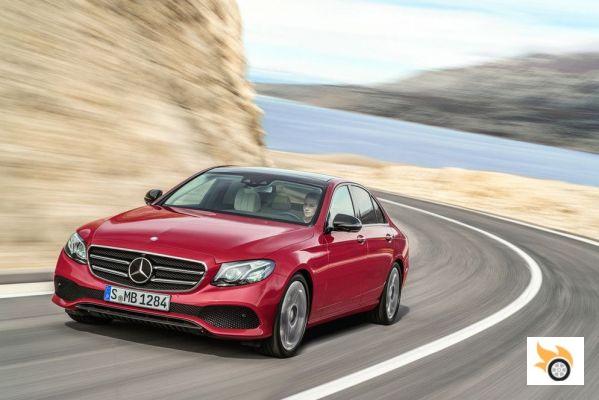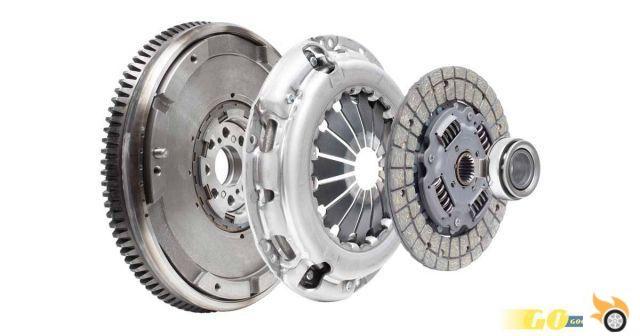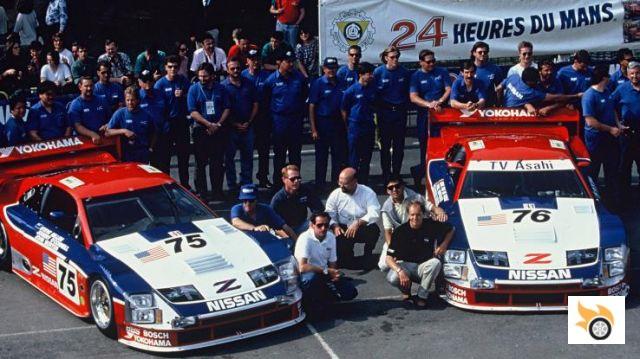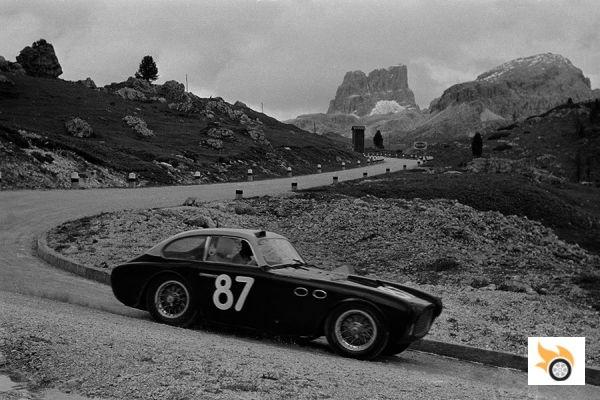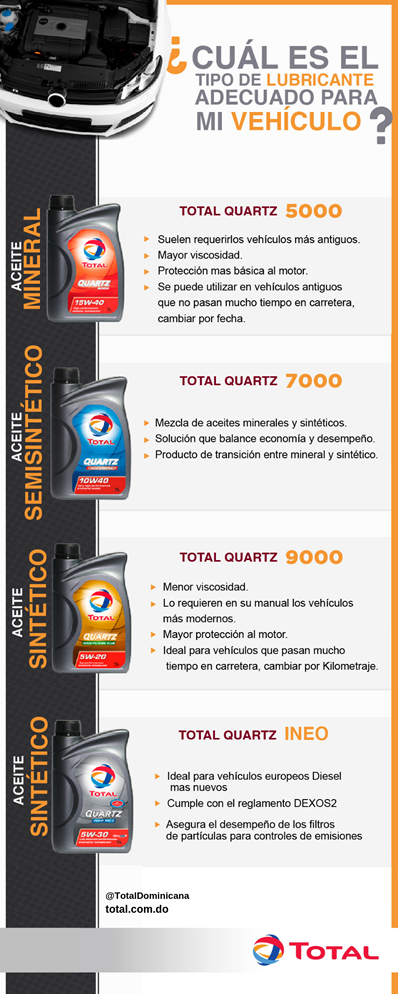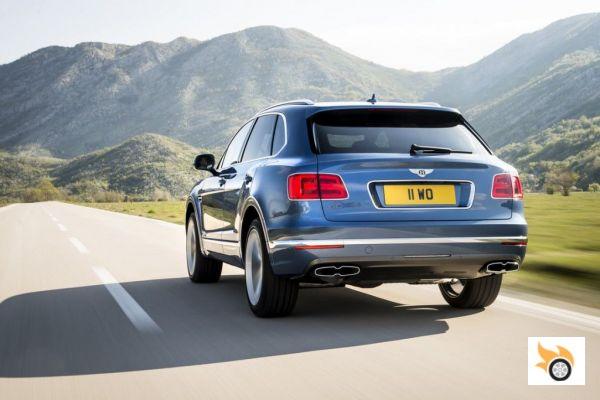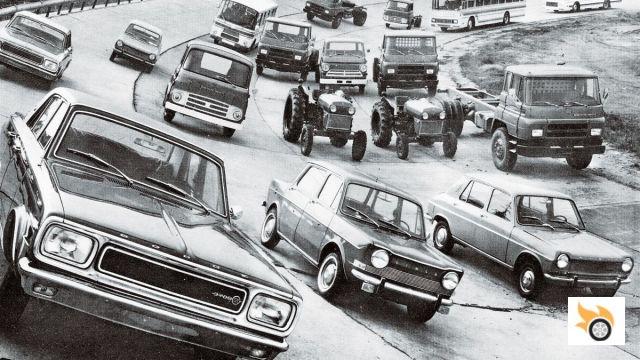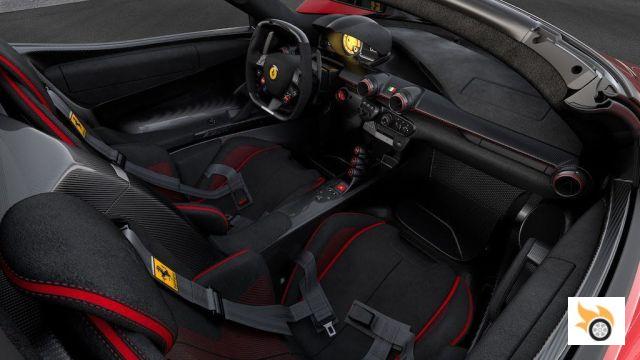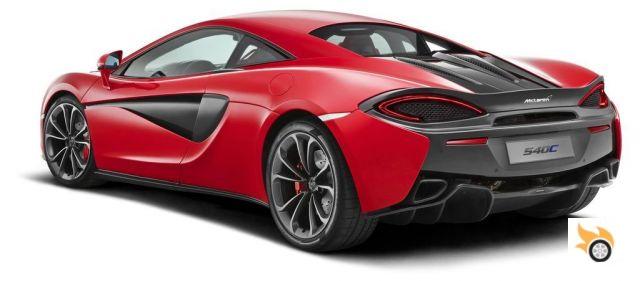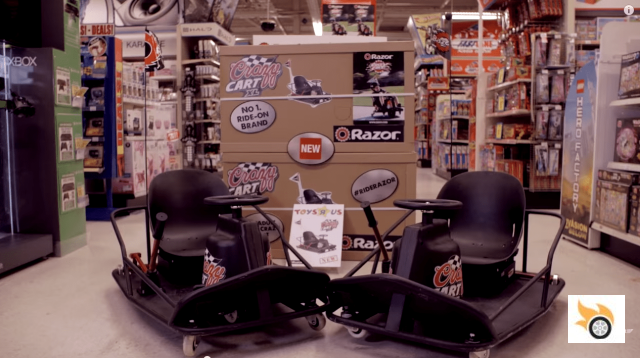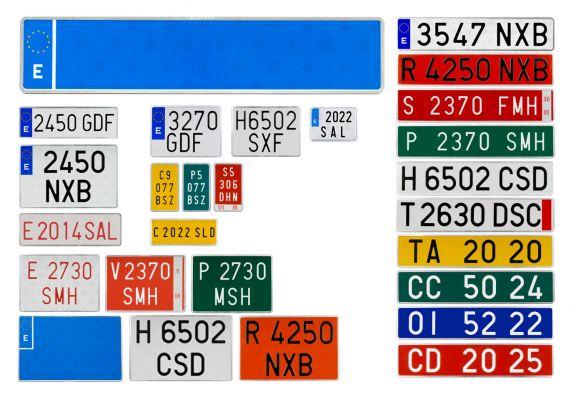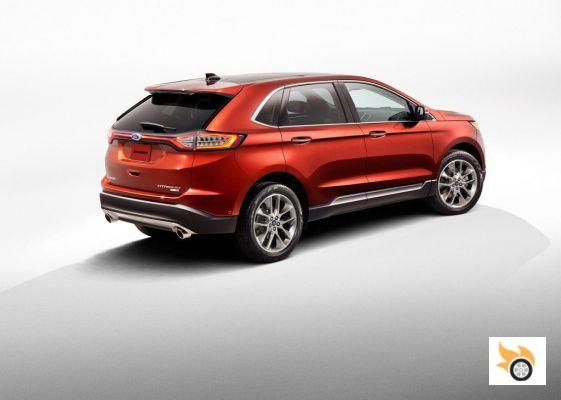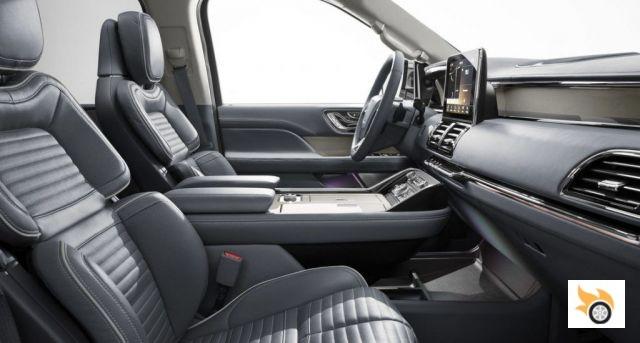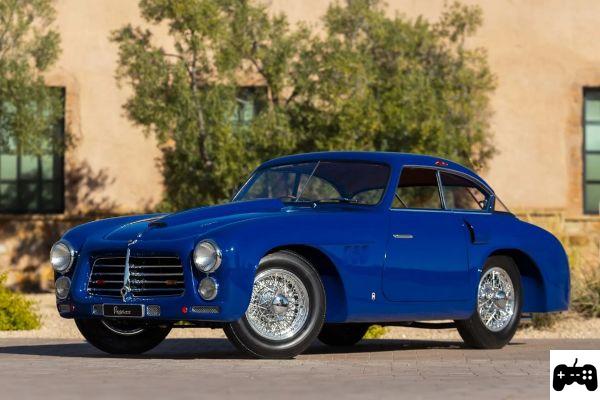
Introduction
Welcome to this article dedicated to the Pegaso Z-102, a Spanish car that left its mark on automotive history. In this text, we'll explore this vehicle's fascinating history, impressive performance, and enduring legacy. If you are passionate about classic cars and you are interested in learning more about the Pegaso Z-102, you are in the right place.
History of the Pegasus Z-102
The Pegaso Z-102 was a sports car manufactured by the Spanish company Pegaso between 1951 and 1958. It was designed by engineer Wilfredo Ricart, who sought to create a car that could compete with the best in the world. The Z-102 became Pegaso's flagship and a symbol of Spanish engineering.
The fastest car in the world
One of the most notable features of the Pegasus Z-102 was its speed. Thanks to its 8-liter V2.5 engine and 165 horsepower, this car reached a maximum speed of 220 km/h, becoming the fastest car in the world at its time. Its aerodynamic design and light weight contributed to its incredible performance on the slopes.
The legacy of the Pegaso Z-102
Although production of the Pegasus Z-102 was limited, its impact on the automotive industry was significant. This Spanish car showed that Spain was capable of competing with the major international manufacturers and left an indelible mark on the history of motorsports. Today, the Pegaso Z-102 is considered a gem among collectors and its value on the auction market is very high.
Technical information
The Pegaso Z-102 had an aluminum and steel body, which made it light and resistant. Its elegant and aerodynamic design gave it a unique and futuristic appearance. Additionally, this car was equipped with advanced technology for its time, such as disc brakes and four-wheel independent suspension.
Models and versions
The Pegasus Z-102 was produced in different versions, each with unique features and specifications. Some of the most notable models are:
- Z-102 Berlinetta: This two-seater coupe version was the most common and had a rigid roof.
- Z-102 Spyder: This convertible version was perfect for enjoying outdoor driving.
- Z-102 Coupe: This four-seater version offered greater comfort and interior space.
Auctions and current value
If you are interested in acquiring a Pegaso Z-102, you should know that these cars are highly sought after by collectors and classic lovers. In specialized auctions, the prices of these vehicles can reach millionaire figures. It is important to consider the condition, rarity and history of the car when determining its value.
Frequently Asked Questions
How many Pegaso Z-102 were made?
It is estimated that around 84 units of the Pegasus Z-102 were produced in total. However, due to its exclusivity and the years that have passed, not all the cars manufactured have survived to this day.
Where can I find more information about the Pegasus Z-102?
If you want to expand your knowledge about the Pegaso Z-102, we recommend visiting reliable sources such as Wikipedia, Auto Bild España, Expansión, YouTube and spirit RACER. These resources offer detailed information about the history, technical characteristics and anecdotes related to this iconic Spanish car.
Conclusion
The Pegaso Z-102 is a car that marked a milestone in the history of Spanish motoring. Its impressive speed, innovative design and lasting legacy make it an object of desire for collectors and lovers of the classics. If you get the chance to see one of these cars in person, don't hesitate to appreciate its beauty and historical significance.
We hope this article has been informative and has sparked your interest in the Pegaso Z-102. If you have any additional questions, please do not hesitate to contact us. Until next time!




